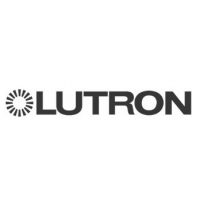Frequently Asked Questions
Mark, what button do I push?
Without a doubt this is the most common question that I am asked. Remote control is really the benchmark of our industry; regardless of how large or small a system, the remote is the most important element in the system. Our industry has become “all about integration” and making multiple sources and systems work together.
I jokingly tell all my clients that I become like an ”aluminum siding salesman” when discussing a remote. I feel that regardless of the budget, a client needs a good universal remote to simplify their system. Simplfy. These days, all systems with iPods, Wii’s, A/V rec.’s, Blu-ray players, 1080p TV’s, etc… are very complicated for the average consumer. Having one remote that will operate all aspects of the system (without having to sort through 4,5 or more remotes) is essential to any system.
What is LCD, DLP and Plasma TV? and what are the Differences?
The three main TV technologies on the market today are LCD, DLP and Plasma. LCD (Liquid Crystal Display) will likely become the standard for HD TV’s in the near future. With the advances in LCD technology, these TVs have made huge strides in picture quality, size and energy efficiency. DLP (Digital Light Projection,rear projection) appears to be on the way out. Because of the size and depth of the DLP sets clients are shying away from this technology and are desiring flat panel TV’s provided by the LCD and Plasma.
However, DLP is still available and not a bad choice if one has the space, but also beware that they do have a bulb that usually needs replacement every 2 to 3 years. Plasma has been around (as has LCD) for a long time and was the leader in flat panel TV’s for many years. If you have a space that does not get much glare it is still a favorite of ours for picture quality. It has been a rumor for years that Plasmas are short-lived and not reliable which we find is untrue and, we think are still a great choice.
What type of speakers do I need?
Speakers have come a long way in the last several years and are as diverse as the clients needs. Without a doubt, in-wall and in-ceiling speakers are the most common used today. The tech. on this type of speaker has reached a point where they can match the sound quality of a free-standing speaker and have the aesthetics of being almost invisible. We will only make recommendations on speakers once we have seen the space where they will be used.










